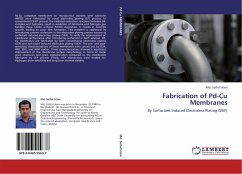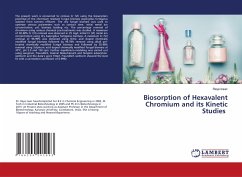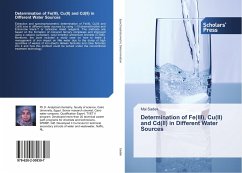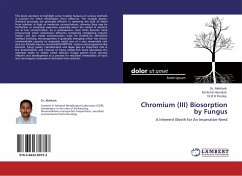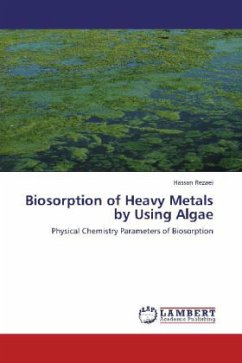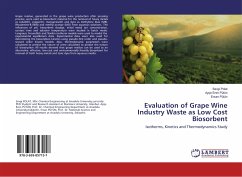
Studies of Cu(II) speciation and Its Biosorption by E. crassipes
Environmental Sustainability and Water Treatment Approaches
Versandkostenfrei!
Versandfertig in 6-10 Tagen
32,99 €
inkl. MwSt.

PAYBACK Punkte
16 °P sammeln!
The book demonstrates the biosorption potential of dead Eichhornia crassipes biomass for removing Cu(II) ions from waters. Moreover, reverse and forward titrations coupled with the competitive ligand equilibration (CLE) technique were, for the first time, used to investigate the chemical organic speciation of Cu present in an aqueous extract of biomass sample from different locations. The biomass shows a distinguished ability for Cu biosorption. Besides, reverse titration showed a breakthrough ability to detect different types of metal complexation present in equilibrium in the aqueous extract...
The book demonstrates the biosorption potential of dead Eichhornia crassipes biomass for removing Cu(II) ions from waters. Moreover, reverse and forward titrations coupled with the competitive ligand equilibration (CLE) technique were, for the first time, used to investigate the chemical organic speciation of Cu present in an aqueous extract of biomass sample from different locations. The biomass shows a distinguished ability for Cu biosorption. Besides, reverse titration showed a breakthrough ability to detect different types of metal complexation present in equilibrium in the aqueous extracts of biological samples. To sum up, the presence of Eichhornia crassipes in Nile water is so useful in transforming free Cu ions to less toxic forms through natural complexation




